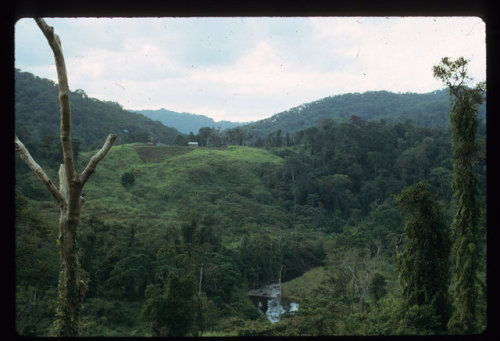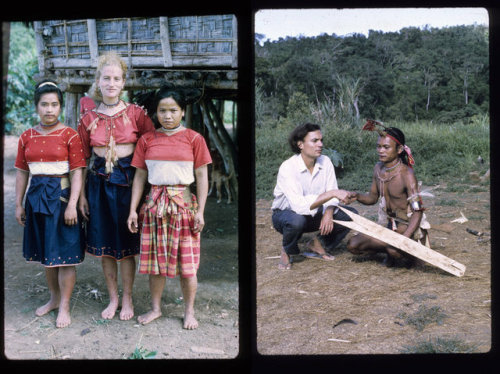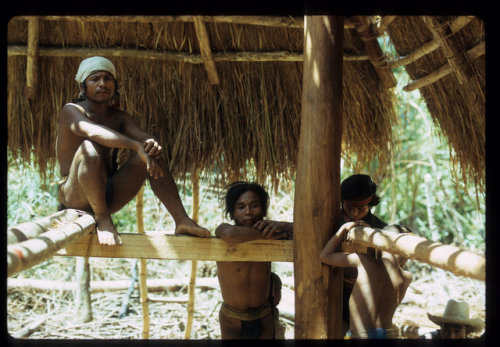#nativepower
A painting of Nahui Quiyahuitl, Four Rain, which was the Third Sun or era. In this era, the Sun was ruled by Tlaloc, Teotl of rain. This was the Sun of Fire, and on a day Four Rain, the earth was destroyed by a rain of fire. The men of this creation who were not destroyed in fire were turned into turkeys, the ancient symbol of the nobility. Here, Tlaloc descends and destroys the Third Creation.
Una pintura de Nahui Quiyahuitl, Cuatro Lluvia, que fue el Tercer Sol o era. En esta era, el Sol fue gobernado por Tlaloc, Teotl de lluvia. Este fue el Sol de Fuego, y en un día Cuatro Lluvia, la tierra fue destruida por una lluvia de fuego. Los hombres de esta creación que no fueron destruidos en el fuego se convirtieron en pavos, el antiguo símbolo de la nobleza. Aquí, Tlaloc desciende y destruye la Tercera Creación.
Wow
I’m from this
Post link
it’s kinda crazy i haven’t seen ppl bring it up in the noDAPL discourse, but like…i feel like ppl don’t realize, aside from the fact that tribes have treaty rights and sovereign rights and human rights that all require access to clean drinking water and the ability to act as caretakers of their lands….tribes are an additional 5 rungs up the morals ladder or whatever bc they ROUTINELY request permissions/assistance in investing in renewable energy and are ROUTINELY passed over.
example: in northern Montana, the wind blows really hard pretty much every day. like, it blows so hard that it can blow empty boxcars off the train tracks. so some ppl thought it would be good to build wind turbines out there. the Blackfeet tribe was like, hey yeah we wanna have wind turbines on our rez, we have high winds and wanna invest in cleaner and more affordable energy. then they got passed over and the wind turbines were built just outside the reservation boundaries, in a white border town.
another example: the Northern Cheyenne tribe DID actually build wind turbines, which is awesome. they have also fought really hard to have pristine air quality. but nearby coal mining has totally fucked over the surrounding area (which are Cheyenne treaty lands), and some towns on the rez still don’t have clean drinking water (they have to haul it from springs bc the tap water comes out orange and is undrinkable). as recently as earlier this year, there were still applications in for expansion of coal mining in the area (despite YEARS of consistent protest from the tribe), including on a sacred site.
tribes work really hard to invest in clean energy, and to take care of their homelands, despite continued disrespect and desecration of their lands by others. another example is the MULTIPLE tribal colleges that have invested in clean energy, like solar panels (including the Blackfeet tribe’s college).
so yes, we have EVERY RIGHT to say no to dirty energy on our lands
npr:
In 1967, anthropologists Renato Rosaldo and his wife Shelly went to live with the llongot, an isolated tribe that lived in the rain forest in the Philippines. It wasn’t exactly an accident that this tribe was unstudied — they were known for beheading people.
But Renato and Shelly were undeterred. As they immersed themselves into llongot culture, they began to learn the language. Simple words at first, then more nuanced ones that encompassed such things as love and anger. To Renaldo, all of the words were familiar except one.
Liget.
At first, he thought this word meant “energetic” or “productive.” But then liget exploded out of that definition into an emotional landscape he had never before encountered.
One evening, the tribe asked Renato if they could hear tape recordings of his conversations with the people he studied. The voice of a deeply loved and respected man who had recently died began to play.
The room fell silent. The men’s eyes narrowed and their lips curled, their faces turned into masks of rage.
They told Renato that hearing the tape made their hearts feel liget. It makes us want to take a head, they told him, over and over. It makes us want to take a man’s head and throw it.
Invisibilia: A Man Discovers The Terrible Emotion Locked In A Word
Photos: Courtesy of Renato Rosaldo
Editor’s Note: Welcome to Invisbilia Season 3! The NPR program and podcast explores the invisible forces that shape human behavior, and we here at Shots are joining in to probe the often tenuous line between perception and reality. Here’s an excerpt from Episode 1.
Legit liget
Post link




